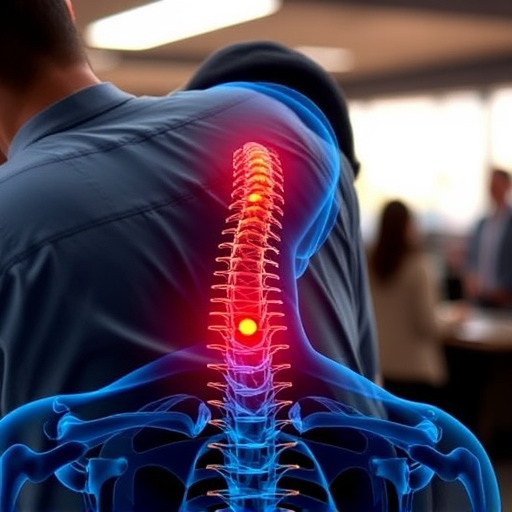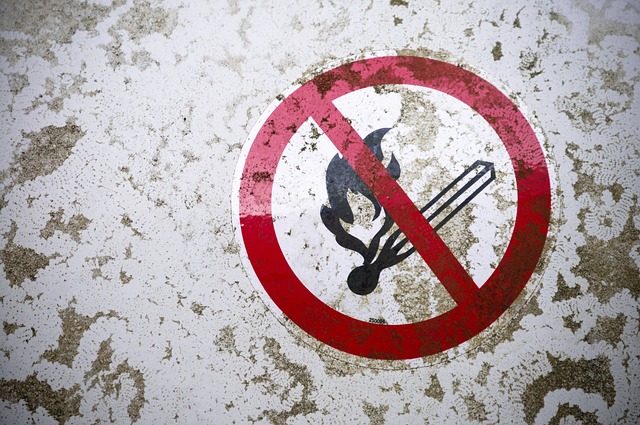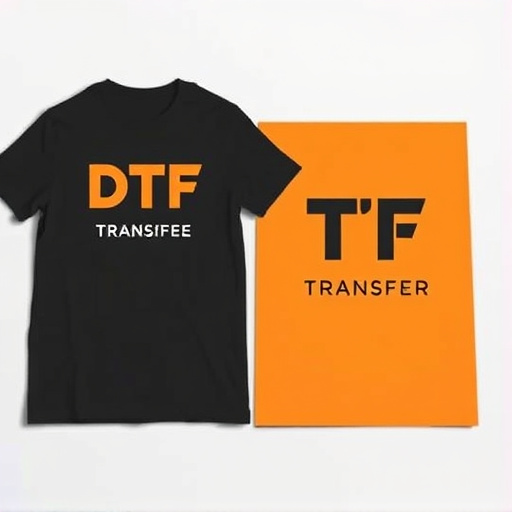DTF Transfers (Direct-to-Film Transfers) revolutionize commercial printing with cutting-edge technology, offering exceptional precision and durability by directly applying high-quality images onto materials. This method, skipping intermediate steps, creates weather-resistant designs perfect for harsh industrial environments. DTF technology enhances operational reliability, reduces downtime and maintenance costs, and minimizes environmental impacts in sectors like manufacturing, logistics, and transportation. Advanced materials science, precise surface preparation, and tailored application methods ensure optimal performance. With immense future potential, DTF Transfers lead the charge in revolutionizing durability and versatility across diverse commercial sectors.
“In the realm of commercial printing and packaging, longevity is key. Discover the transformative power of DTF Transfers (Direct-to-Film), a game-changing technology offering extended durability for various applications. This article explores the multifaceted benefits of DTF Transfers, from their robust material composition to innovative application techniques.
Uncover how these transfers enhance industries like retail, signage, and merchandising with vibrant, long-lasting designs. We also delve into future trends, ensuring you stay ahead in leveraging DTF Transfer technologies.”
- Understanding DTF Transfers: An Overview of the Technology
- Advantages of Extended Durability in Commercial Applications
- Materials and Their Role in Long-Lasting Transfers
- Application Techniques for Optimal DTF Performance
- Real-World Use Cases: Industries Benefiting from DTF Transfers
- Future Trends and Innovations in Durable Transfer Technologies
Understanding DTF Transfers: An Overview of the Technology

DTF Transfers, or Direct-to-Film Transfers, represent a cutting-edge technology in the realm of commercial printing and application development. This innovative process involves transferring high-quality images and patterns directly onto various materials, offering extended durability for demanding industrial uses. By eliminating intermediate steps, DTF Transfers ensure precise reproduction of designs with exceptional precision and longevity.
The technology leverages advanced printing techniques to apply a thin film of ink or other materials directly onto the target surface, enabling the creation of durable, weather-resistant, and highly resistant to wear and tear patterns. This method is particularly advantageous for commercial applications where products are exposed to harsh environments, frequent handling, or extensive use, ensuring that designs remain vibrant and intact over extended periods.
Advantages of Extended Durability in Commercial Applications

In commercial applications, transfers with extended durability offer significant advantages that drive innovation and efficiency. DTF (Durable Transfer) technology ensures components and products last longer, reducing downtime and maintenance costs associated with frequent replacements. This is particularly beneficial in industries where equipment failure can lead to substantial losses, such as manufacturing, logistics, and transportation.
Extended durability also enhances operational reliability and predictability. With DTF transfers, businesses can operate with reduced risk of unexpected breakdowns, minimizing disruptions to their workflows. Additionally, the longevity of these transfers contributes to a more sustainable business model by lowering environmental impacts related to waste generation and resource depletion, aligning with global sustainability goals.
Materials and Their Role in Long-Lasting Transfers

In the realm of commercial applications, the quest for durable and reliable transfers has led to the forefront of materials science. One game-changer in this domain is the DTF (Direct Transfer Film) technology, which utilizes advanced materials to ensure extended longevity. These materials play a pivotal role by offering superior resistance against environmental factors such as heat, moisture, and UV radiation—common challenges faced in dynamic industrial settings.
The choice of material is crucial for achieving long-lasting transfers. For instance, polyurethanes and epoxy resins have gained prominence due to their exceptional adhesive properties and resistance to chemicals and abrasions. Additionally, the incorporation of specialized coatings further enhances durability by providing an extra layer of protection against wear and tear. This meticulous material selection ensures that DTF Transfers withstand the rigors of commercial use, contributing significantly to reduced maintenance and increased operational efficiency.
Application Techniques for Optimal DTF Performance

To achieve optimal performance with DTF Transfers (Durable Thermal Transfers) in commercial applications, specific application techniques are essential. The first step involves preparing the surfaces meticulously. This includes cleaning and roughening the substrate to enhance adhesive bonding between the thermal transfer film and the final product. Using appropriate primers or surface treatments can further improve adhesion and print quality.
Once the surfaces are ready, precise application methods come into play. Whether it’s a roll-to-roll system for large-scale printing or a precision inkjet for detailed designs, the technique should align with the material properties and desired outcome. Proper temperature control, pressure application, and speed settings are critical to ensuring high-quality DTF transfers with extended durability. Regular calibration and maintenance of application equipment also play a vital role in maintaining consistent and optimal performance.
Real-World Use Cases: Industries Benefiting from DTF Transfers

In today’s fast-paced commercial landscape, industries are constantly seeking innovative solutions to enhance productivity and efficiency while reducing downtime. This is where DTF Transfers (Extended Durability Transfers) emerge as a game-changer. These transfers are designed for real-world applications across diverse sectors, offering unparalleled durability and reliability in demanding environments.
Industries such as manufacturing, automotive, aerospace, and electronics heavily rely on DTF Transfers. In manufacturing, they ensure consistent performance of machinery and equipment, thereby increasing production output and reducing maintenance costs. The automotive industry uses them for durable coating and sealing applications, enhancing vehicle performance and exterior protection. Aerospace components benefit from their ability to withstand extreme conditions, while electronics manufacturers leverage DTF Transfers for robust insulation and protection against corrosion, ensuring the longevity of sensitive components.
Future Trends and Innovations in Durable Transfer Technologies

The future of durable transfer technologies looks bright, with advancements poised to revolutionize various commercial sectors. One prominent trend is the development of DTF Transfers, designed to withstand extreme conditions and offer extended durability. These innovations leverage advanced materials and precise engineering to enhance adhesion, resistance to wear and tear, and environmental factors. Researchers are exploring new avenues like smart coatings and nano-enhanced adhesives that can adapt and strengthen bonds over time.
Additionally, integration of digital printing technologies with durable transfer techniques opens up exciting possibilities. Digital printing allows for highly customized and on-demand production, while DTF Transfers ensure long-lasting application. This convergence is set to transform product customization, enabling businesses to offer unique, high-quality designs with reduced waste. As technology advances, we can expect even more innovative solutions, pushing the boundaries of durability and versatility in commercial applications.














